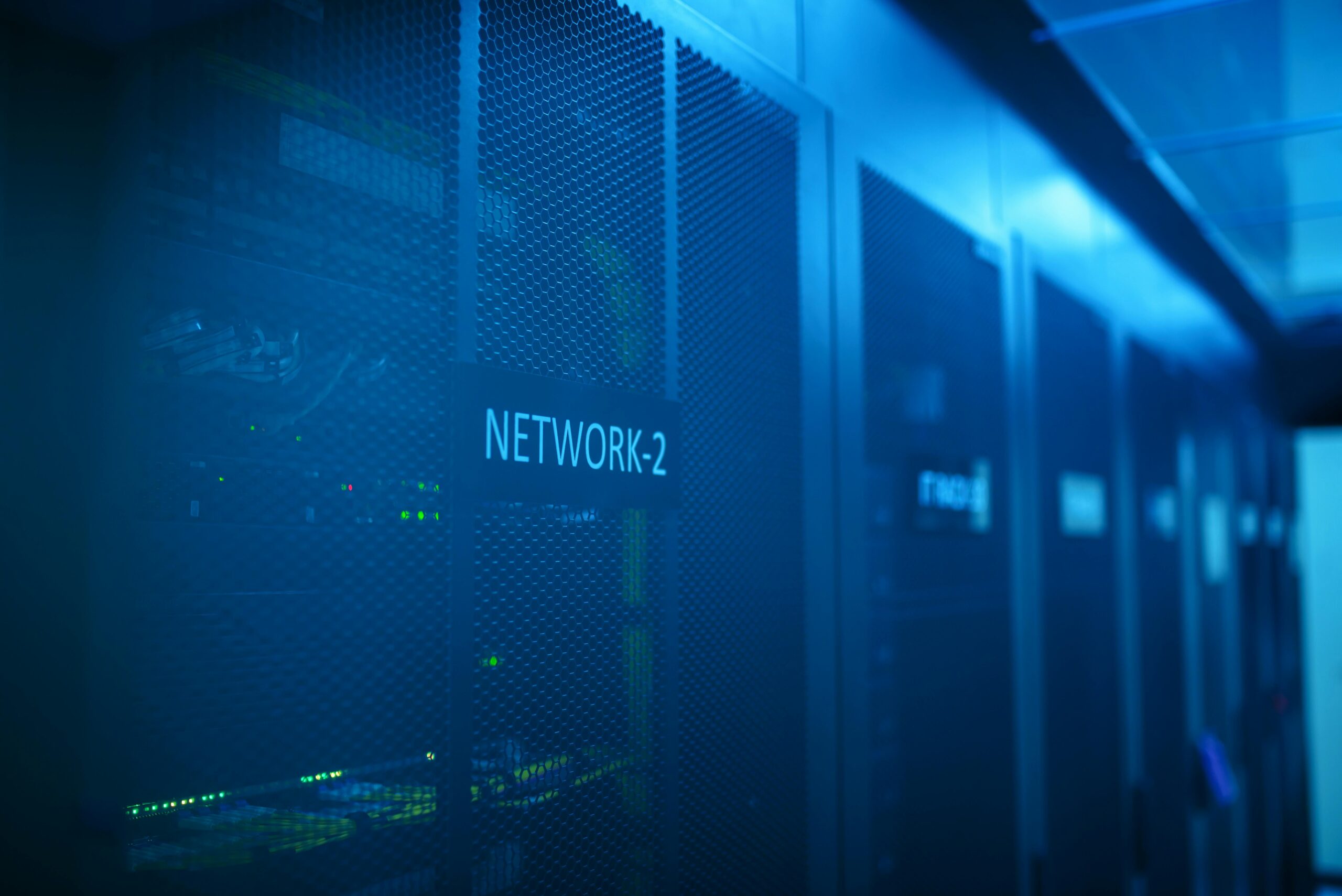Beyond the Cloud: The cloud has been the backbone of modern data processing, but as the demand for real-time processing and lower latency grows, a new paradigm is taking shape: Edge Computing. This revolutionary approach shifts computing power closer to the source of data, enabling faster decision-making, reduced bandwidth usage, and enhanced security. In this article, we’ll explore how edge computing is reshaping industries and the future of data processing.
What is Edge Computing?
Edge computing refers to a distributed computing model where data processing occurs at or near the source rather than relying solely on centralized cloud servers. Instead of sending data back and forth to the cloud, devices and local servers process it in real-time, reducing delays and improving efficiency.
Key Benefits of Edge Computing:
- Lower Latency – Data is processed closer to the source, reducing delays in critical applications.
- Reduced Bandwidth Usage – Less data is transmitted to centralized cloud servers, saving costs.
- Enhanced Security & Privacy – Sensitive data remains local, reducing exposure to cyber threats.
- Greater Reliability – Applications continue functioning even with limited or no cloud connectivity.
Why is Edge Computing Gaining Popularity?
With the rise of IoT (Internet of Things), 5G networks, and AI-driven applications, the need for real-time processing has never been greater. Traditional cloud models struggle with the sheer volume of data generated by connected devices, making edge computing a crucial solution for efficiency and scalability.
Real-World Applications of Edge Computing
1. Autonomous Vehicles
Self-driving cars require instant data processing to make split-second decisions. Edge computing enables real-time AI-based decision-making without relying on remote cloud servers.
2. Smart Cities
Traffic management, public safety, and energy optimization rely on edge computing to process sensor data locally, reducing congestion and improving city infrastructure.
3. Healthcare & Remote Monitoring
Wearable devices and remote health monitoring tools process patient data locally, ensuring faster responses to medical conditions while maintaining patient privacy.
4. Manufacturing & Industrial Automation
Factories use edge computing to power predictive maintenance, optimizing equipment performance and reducing downtime.
5. Retail & Customer Experience
Retailers utilize edge computing for real-time inventory management, personalized shopping experiences, and fraud detection at the point of sale.
Challenges of Edge Computing
with its advantages, edge computing still faces serval challenges which are:
- Security Risks: With multiple endpoints, securing data at the edge becomes more complex.
- Infrastructure Costs: Deploying edge computing hardware can be expensive.
- Data Management Complexity: Managing vast amounts of distributed data requires sophisticated systems and expertise.
The Future of Edge Computing
As edge computing continues to evolve, AI-driven analytics, enhanced security frameworks, and integration with cloud services will make it even more powerful. With 5G technology expanding and industries demanding faster, more localized processing, edge computing is poised to redefine data processing for the future.
Beyond the Cloud: Conclusion
Edge computing is revolutionizing the way data is processed, bringing computation closer to users and reducing reliance on the cloud. Whether it’s self-driving cars, healthcare, smart cities, or industrial automation, the shift to edge computing is unlocking new possibilities across industries.
